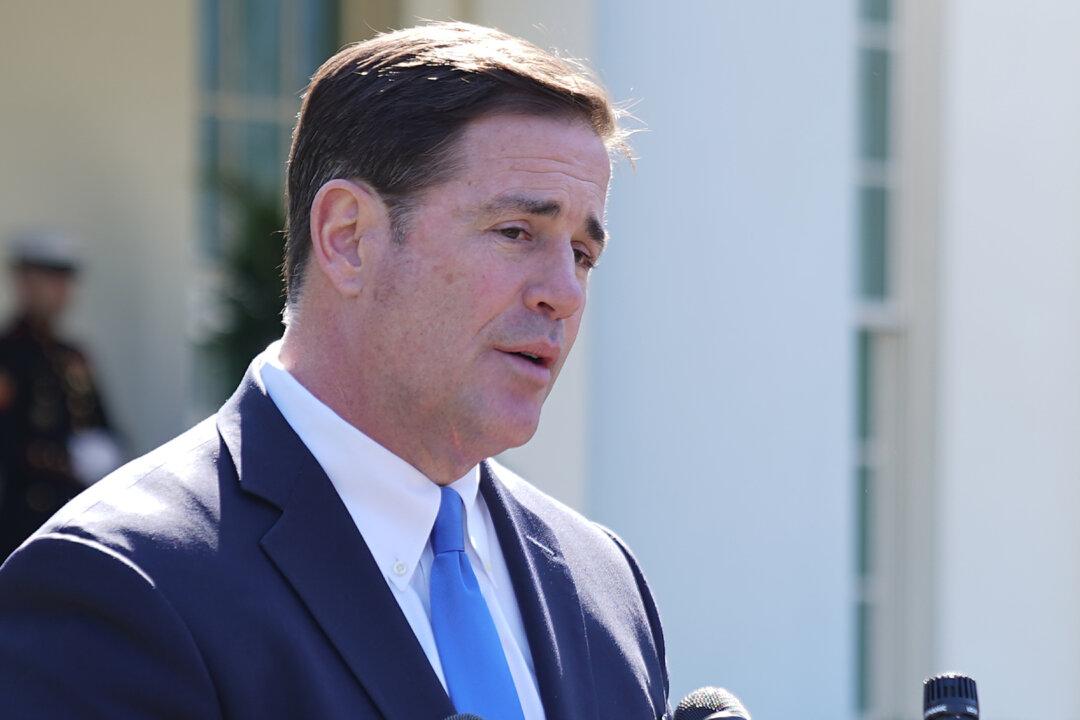Arizona Gov. Doug Ducey issued an executive order on Wednesday to have schools offer in-person learning by March 15 or after spring break.
Students can still continue in virtual instruction if their parent or guardian approves.

Arizona Gov. Doug Ducey issued an executive order on Wednesday to have schools offer in-person learning by March 15 or after spring break.
Students can still continue in virtual instruction if their parent or guardian approves.